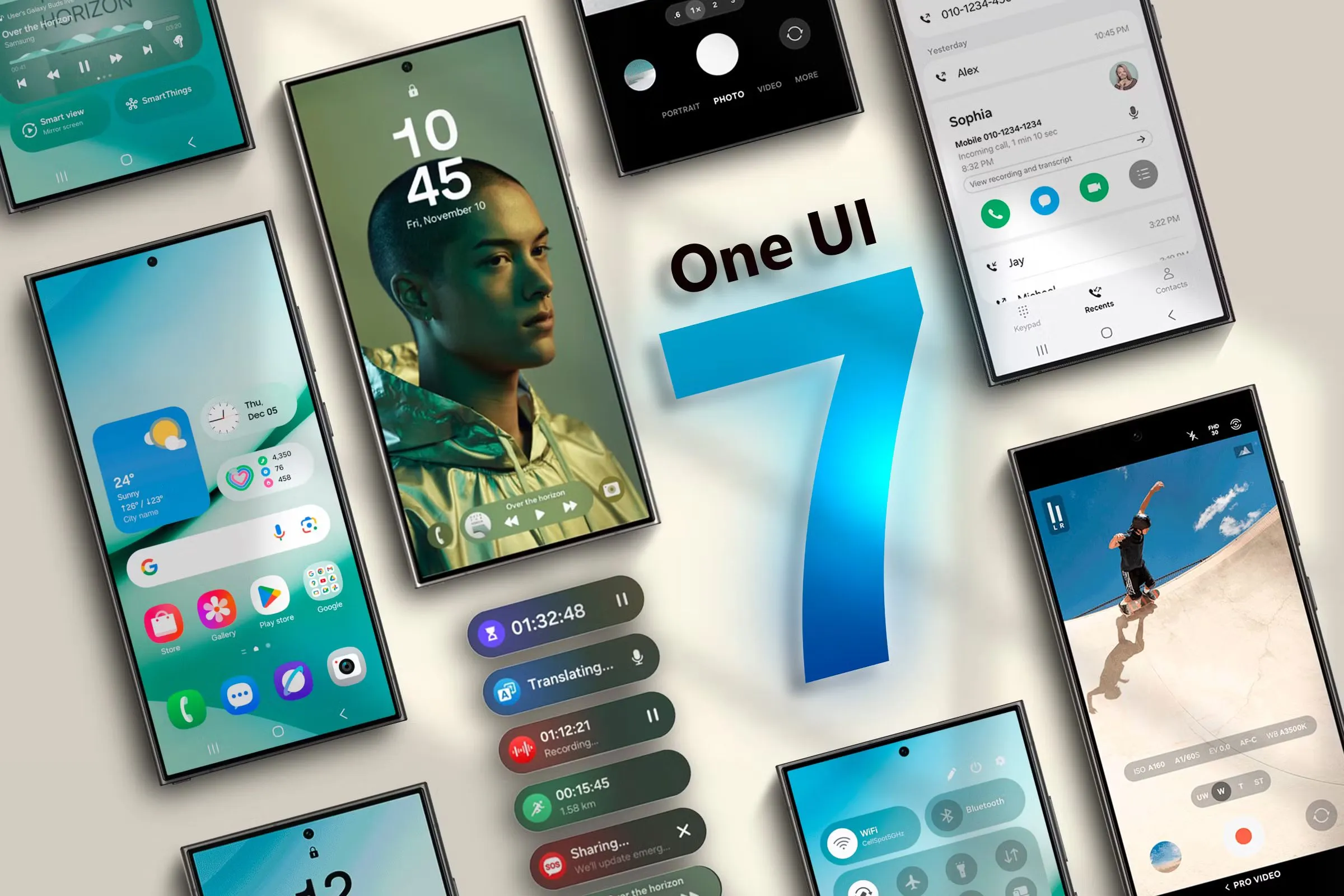Multimodal AI models, which can process and understand various types of data—such as text, images, and audio—are indeed making significant strides. Let’s delve into the fascinating world of CLIP and DALL-E, two remarkable models that exemplify the power of multimodal learning.
CLIP (Contrastive Language–Image Pre-training) is an innovative neural network developed by OpenAI. Its primary goal is to efficiently learn visual concepts from natural language supervision. Here are some key points about CLIP:
-
Zero-Shot Capabilities: Similar to GPT-2 and GPT-3, CLIP can perform zero-shot classification on a wide range of visual categories. You can instruct CLIP using natural language to recognize specific objects or concepts without directly optimizing for any particular benchmark.
-
Addressing Challenges in Computer Vision:
- Limited Datasets: Traditional vision datasets are expensive and time-consuming to create. CLIP overcomes this limitation by leveraging abundant natural language supervision available on the internet.
- Task Adaptation: Standard vision models excel at specific tasks but struggle when adapting to new ones. CLIP’s flexibility allows it to handle diverse classification benchmarks without fine-tuning for each task.
- Robustness: CLIP significantly improves robustness, closing the gap between benchmark performance and real-world stress tests. It achieves this while matching the performance of the original ResNet-50 on ImageNet, even without using the original labeled examples.

DALL-E: Bridging Text and Images Creatively
DALL-E is another groundbreaking model from OpenAI. Unlike CLIP, which classifies images, DALL-E generates images based on textual prompts. Here’s what you need to know about DALL-E:
-
Multimodal Creativity: DALL-E combines text and image data during training. Given a textual description, it produces corresponding images. For example, if you describe a “fire-breathing dragon playing chess,” DALL-E can create an original image that matches this description.
-
Quality Assessment with CLIP:
- After generating images, DALL-E relies on CLIP to rank their quality. CLIP evaluates the visual fidelity and relevance of the generated content.
- Only the best images, as determined by CLIP, are retained. This process ensures that DALL-E produces high-quality and contextually relevant visuals.
Pushing the Boundaries
Both CLIP and DALL-E exemplify the potential of multimodal AI. They not only handle different data types but also foster creativity and problem-solving. As researchers continue to explore multimodal approaches, we can expect even more exciting breakthroughs in the intersection of language and vision.
In summary, the fusion of text and images in AI models opens up new avenues for understanding and creating content. Whether it’s recognizing objects, generating art, or solving complex tasks, these models are pushing the boundaries of what AI can achieve.
Remember, the journey of AI innovation is ongoing, and we’re just scratching the surface of what multimodal models can accomplish. Stay curious and keep an eye out for the next wave of exciting developments!.



